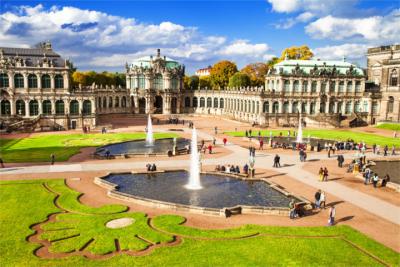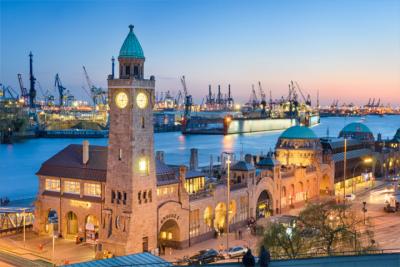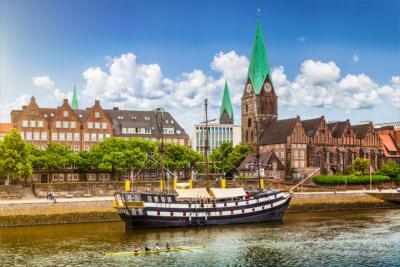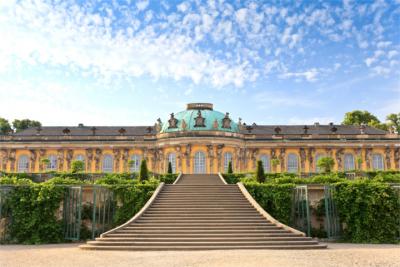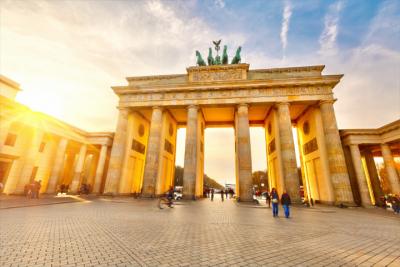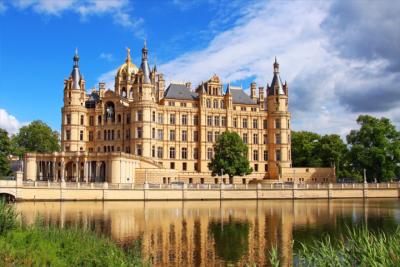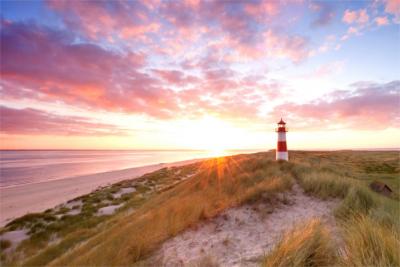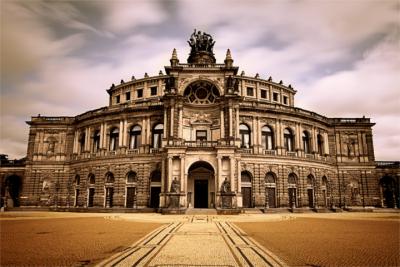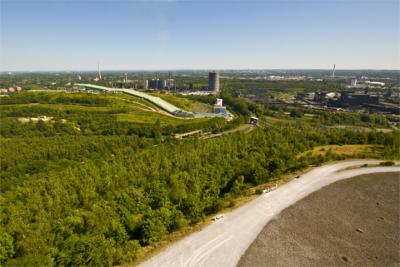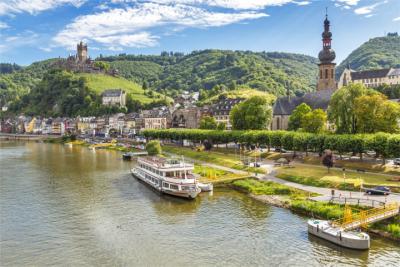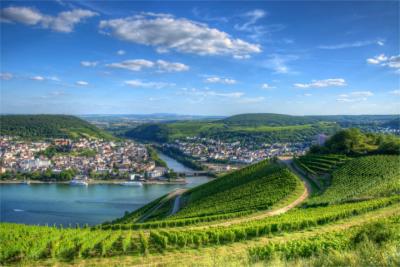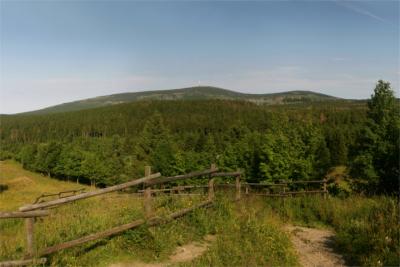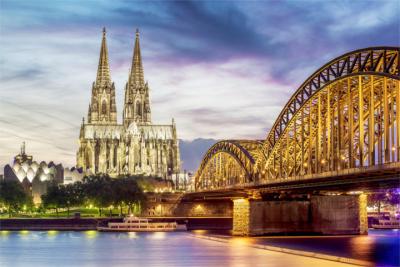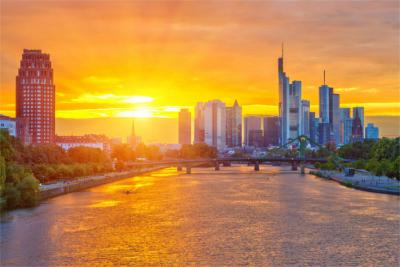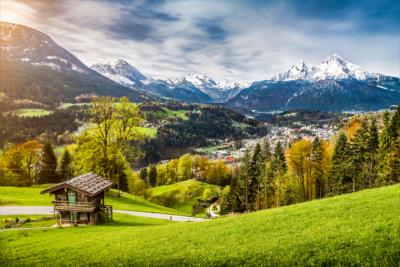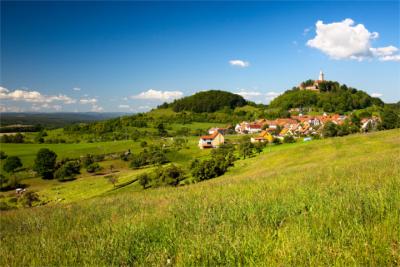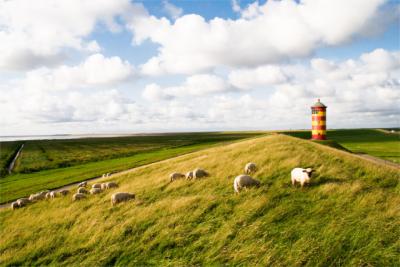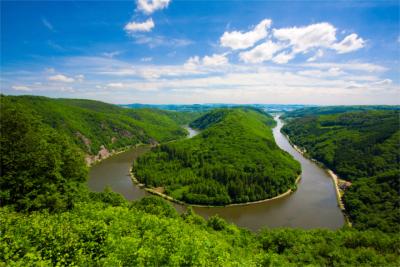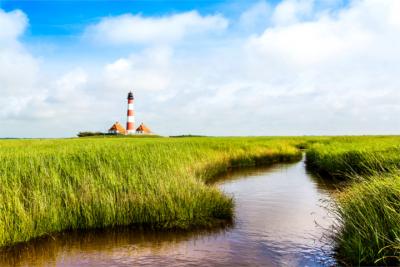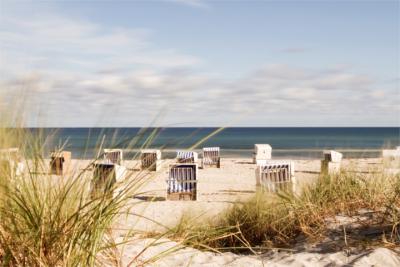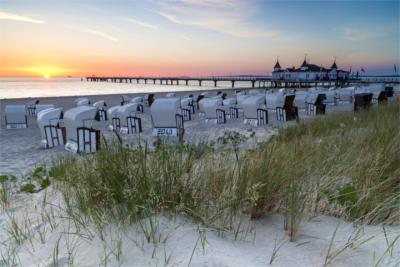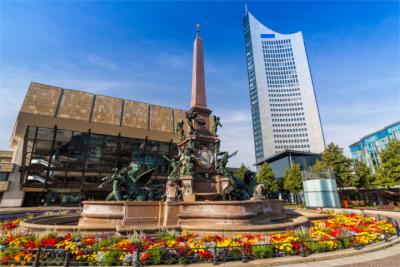Travel Offers
Travelmyne Featureprint
Distance
Harz - The Myth-Enshrouded Low Mountain Range
The Harz is one of the most popular travel regions in Germany thanks to its diverse landscape and its variety of leisure and sporting activities. In addition, the legends and myths as well as the many cultural sights have a special appeal.

Geography - The highest peak in North Germany
The Harz is the highest low mountain range in North Germany and lies on the border of the states of Saxony-Anhalt, Lower Saxony and Thuringia. Its highest peak is the Brocken with a height of 1,142 metres. Other important mountains are the Wurmberg (971 m), the Bruchberg (927 m) and the Achtermannshöhe (925 m). The Harz can be divided into the Lower Harz (Unterharz), Upper Harz (Oberharz) and High Harz (Hochharz). The latter refers to the region around the Brocken in the Harz National Park, which is about 110 kilometres long and 30 to 40 kilometres wide. The Harz accommodates significant greater and smaller towns such as Bad Harzburg, Braunlage, Thale, Quedlinburg, Wernigerode, Schierke, Stolberg and St. Andreasberg. Its climate is temperate but it varies considerably depending on the altitude.

Nature - Endless forests and significant nature reserves
The region's name is derived from the Middle High German word "Hart", which means as much as "mountain forest". This name is a fitting description of the Harz' landscape. While the Lower Harz is characterised by thick beech forests and agricultural land, the Upper Harz is full of deep conifer forests (mainly spruces). You see smooth valleys, raging waterfalls and wild rivers. There are numerous dams with the Rappbode Dam as the greatest example. One highlight in the Harz region is the national park of the same name (Harz National Park), which contains all six vegetation zones of a mountain range. In addition, there are different kinds of biotopes such as hill moors and low moors. Apart from the national park, there are three more nature parks in the Harz, which accommodate various nature reserves and protected landscapes. The Harz' flora and fauna is very rich in species. The region is home to over 5,000 animal species, most of which are insects. Its forests are populated by deer, boars, wildcats, the European mouflon and the lynx.

Culture - Of witches and devils
The cultural landscape of the Harz is characterised by many legends and myths. The most famous ones are the Teufelsmauer ("devil's wall"), the Roßtrappe (a hoof print), the Regenstein and the Emperor Frederick Barbarossa. The best-known event in the Harz is without doubt Walpurgis Night on the 30th of April. It attracts thousands of people every year, who come disguised as witches and devils to dance around a large fire and have fun. Although the fires are lit in more than 20 places, the Brocken and the Hexentanzplatz ("witches' dance floor") in Thale are the most popular locations. The witch is now an emblem of the Harz and different kinds of witches are bought by tourists as souvenirs. However, the Harz does not only offer legends and myths but also many worthwhile cities and towns, which each have their own appeal. Travellers can marvel at several beautiful monasteries and castles, especially at the edge of the region. Popular tourist attractions are the Joseph Cross near Stolberg, the Upper Harz Mining Museum (Oberharzer Bergwerksmuseum) in Clausthal-Zellerdfeld, the Wurmberg Gondola Lift in Braunlage, the tourist mine "Grube Samson" in St. Andreasberg, Baumann's and Herrmann's Cave in Rübeland and the World Cultural Heritage site of the Upper Harz Water Regale (Oberharzer Wasserwirtschaft).

Experience - The Brocken Railway, hearty cuisine and relaxation
The Harz has a high density of climatic health resorts, which invite holidaymakers to relax. The fresh air, nature and the countless spa facilities offer excellent conditions for recreational holidays. In addition, the Harz is perfect for families because there is a lot to see and do here for children and grown-ups. Besides the Harz National Park, the fairy-tale parks, animal enclosures, adventure pools and climbing forests are popular destinations. Connoisseurs get their money's worth too. The region's cuisine is hearty with dishes such as Hackus (meatballs), Rösterknister (a potato dish), Harzer Brotlaibsuppe (bread soup), Harzer Käse (cheese) with lard and fresh bread as well as Harzer Bachforelle (spruce). To promote your digestion, you can taste a liqueur from the Harz region. The best-known one is Schierker Feuerstein. Another popular beverage is Hasseröder beer, which is best enjoyed cold. Travellers should not miss out on a visit to the Brocken, which you can conquer on foot or by taking the famous Brocken Railway. At good visibility, you have a breathtaking view of the whole Harz region from its peak. You also have a great view from the Hexentanzplatz, which you can reach by car, on foot or by cable car.
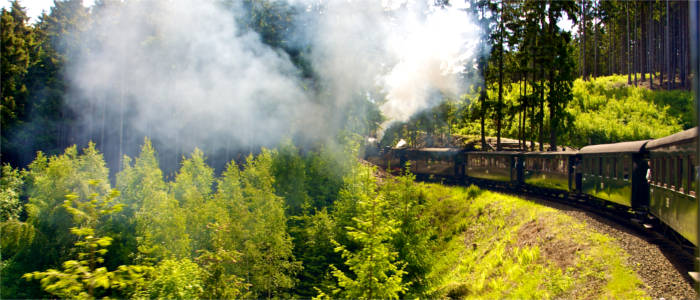
Activities - An adventure world
The Harz is a popular destination for active holidaymakers in both summer and winter. The possibilities are endless. While you can go tobogganing, snowboarding, downhill or cross-country skiing in winter, the Harz offers great conditions for going hiking, mountain biking, climbing or Nordic walking in summer. The many lakes and rivers invite holidaymakers to do water sports (canoeing, kayaking, sailing, diving) or go swimming. Travellers who are looking for a rush of adrenaline can go zip-lining above the Rappbode Dam or hang gliding over the mountains. In addition, the Harz region has numerous golf courses and makes motorcyclists' hearts leap for joy with its curvy roads.
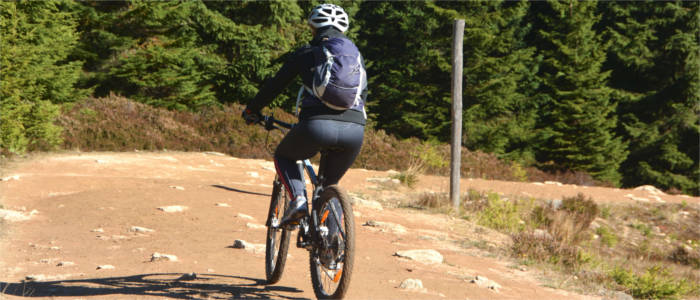
Information
You best reach the Harz by car or train. Travellers who have a long way here and want to arrive by plane can use the nearest airports in Hanover and Leipzig.
The Harz is full of natural beauty which captivates all visitors. The region is perfectly suited for lovers of nature, outdoor fans and lovers of culture. In addition, the low mountain range offers a lot in respect of relaxation and recreation.

